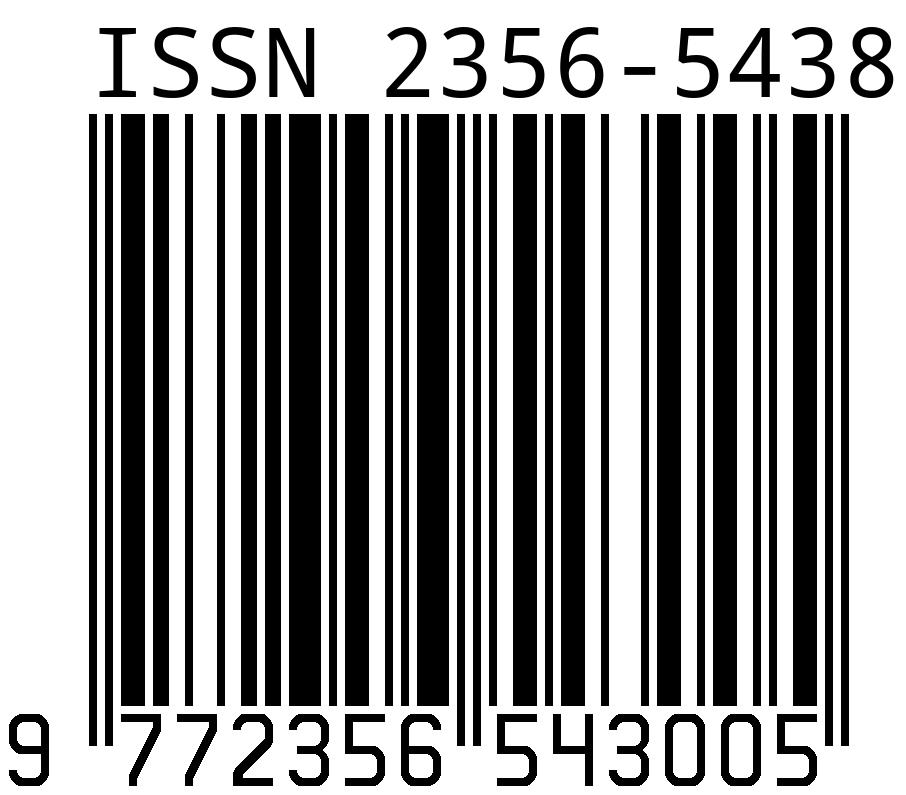SOLAR STOVES AS AN ALTERNATIVE SOLUTION FOR THE USE OF RENEWABLE ENERGY IN INDONESIA
Abstract
Along with the development of technology, the need for fossil energy for cooking purposes using conventional stoves is increasing. The limitations of fossil energy reserves that cannot be renewed have resulted in an energy crisis starting to hit. Solar energy is an energy source that is environmentally friendly and available free of charge. Solar energy is utilized using the system. Concentrating solar power (CSP) focuses solar radiation to a point to get a higher temperature. This type of box-type solar cooker has a long history dating back to the 18th century when Nicholas-de-Saussure first made this type of solar cooker. A parabolic solar cooker is a solar-powered stove that uses reflections from the sun's radiation which is concentrated directly on the pan. A trough solar cooker collects sunlight and reflects it to a focal point using a reflective film. A box-type solar cooker has an important part between the reflectors which use aluminum foil with a diameter of 41 cm and a thickness of 0.2 mm. The collector was made of brass copper for cooking with a diameter of 41 cm and a thickness of 0.2 mm. The parabolic type of solar cooker has important parts, including a collector that uses a parabola with a diameter of 140 cm and a depth of 40 cm and a reflector that uses a reflective film with an emissivity value of 0.91. The trough-type solar cooker performs better than the box and parabola types because it has a higher temperature where the ambient temperature is 25.5 ℃, the focal point temperature is 164℃, and the load temperature is 163℃.
Copyright (c) 2022 Huda Bagus Rozaq, Muhammad Amin, Teuku Azuar Rizal, Rita Syndia

This work is licensed under a Creative Commons Attribution 4.0 International License.
All copyright for all articles belongs to the authors.














